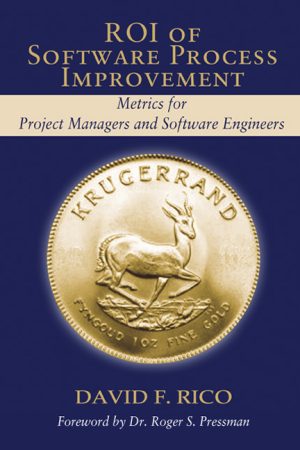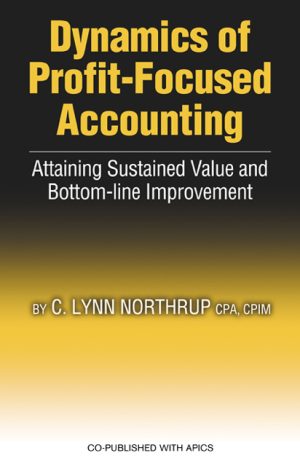Theory of Beam-Columns, Volume 2
$54.95
Space Behavior and Design
By Wai-Fah Chen & Toshio Atsuta
Softcover, 6×9, 732 pages
ISBN: 978-1-932159-77-6
November 2007
Description
This second volume of a two-volume work discusses systematically the complete theory of space beam-columns. It presents principles and methods of analysis for beam-columns in space which should be the basis for structural design and shows how these theories are applied for the solution of practical design problems.
An unabridged J. Ross Publishing republication of the edition published by McGraw-Hill, Inc., New York, 1977, 732pp.
About J. Ross Publishing Classics
J. Ross Publishing Classics are world-renowned texts and monographs written by preeminent scholars. These books have been widely read, discussed, and cited in the literature since their inaugural publications but unavailable for some time to students, researchers, professionals, and libraries. J. Ross Publishing is proudly making these valuable references and texts available once again.
ISBN 10: 1-932159-77-0.
Key Features
- Differential equations of beam-columns in space are derived from general forms and are given in their corresponding elastic solutions
- Covers the plastic behavior of cross sections, strain hardening, elastic unloadings, and various numerical solution methods
- Design problems of plastic beam-columns in space are solved applying various numerical methods: approximate deflection method, influence coefficient method, and others
- Design procedures are summarized with several examples provided
About the author(s)
Dr. Wai-Fah Chen was Professor and Dean of the College of Engineering at the University of Hawaii from 1999 to 2006. From 1976 to 1999, he was Head of the Department of Structural Engineering at Purdue University and George E. Goodwin Distinguished Professor of Civil Engineering; prior to that he taught at Lehigh University. The author of more than 300 peer-reviewed publications and author or co-author of 20 books, his primary areas of research are constitutive modeling of engineering materials, soil and concrete plasticity, structural connections, and structural stability. He received his Ph.D. from Brown University. He is a member of the U.S. National Academy of Engineering and an Honorary member of the American Society of Civil Engineers.
Dr. Toshio Atsuta has been Vice President of the New Industry Research Organization, Kobe, Japan since 2003. The organization was established to revitalize the regional industry damaged through the big earthquake in Kobe in 1995. He graduated from the University of Tokyo in 1963 with his B.S. in Naval Architecture where he worked until 1965 as research associate in Civil Engineering. Then he went to Kawasaki Heavy Industries, Ltd. and worked for the Technical Institute until 2003 when he retired as director of the company. In 1969, Kawasaki sent him to Lehigh University. There he received his M.S. in 1970, and his PhD in 1972, both in Civil Engineering. His doctoral work at Lehigh University covered almost the entire subject of beam-column analysis, i.e., behavior of cross-sections and beam-columns in elastic-plastic regimes under in-plane or biaxial loading conditions.
Table of Contents
Chapter 1 — Introduction
Chapter 2 — Review of Bending and Torsion
Chapter 3 — Lateral Buckling of Beams and Beam-Columns
Chapter 4 — Analysis of Elastic Beam-Columns
Chapter 5 — Strength of Beam-Column Segments
Chapter 6 — Behavior of Beam-Column Segments
Chapter 7 — Approximate Deflection Method for Plastic Beam-Columns
Chapter 8 — Influence Coefficient Method for Plastic Beam-Columns
Chapter 9 — Numerical Integration Method for Plastic Beam-Columns
Chapter 10 — Finite Difference Method for Plastic Beam-Columns
Chapter 11 — Finite Segment Method for Plastic Beam-Columns
Chapter 12 — Finite Element Method for Plastic Beam-Columns
Chapter 13 — Design of Biaxially Loaded Beam-Columns
Answers to Some Selected Problems
Author Index
Subject Index
Reviews
“Chen and Atsuta have extended their comprehensive work on the analysis of beam-columns into three dimensions in this second volume. They have systematically developed the full theory for steel and concrete elements up to their ultimate limit states. The theoretical refinements to cover the residual stesses, plasticity, local and overall buckling and their interaction are well set out.” Jonathan Wood in New Civil Engineer
Related products
-

ROI of Software Process Improvement
Retail Price: $59.95$49.95 Add to cart -

Dynamics of Profit-Focused Accounting
Retail Price: $54.95$44.95 Add to cart -

Value-Based Metrics for Improving Results
Retail Price: $54.95$49.95 Add to cart -

Supply Chain Collaboration
Retail Price: $54.95$49.95 Add to cart -

Quantitative Methods in Project Management
Retail Price: $64.95$59.95 Add to cart

